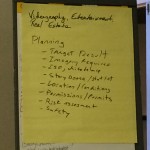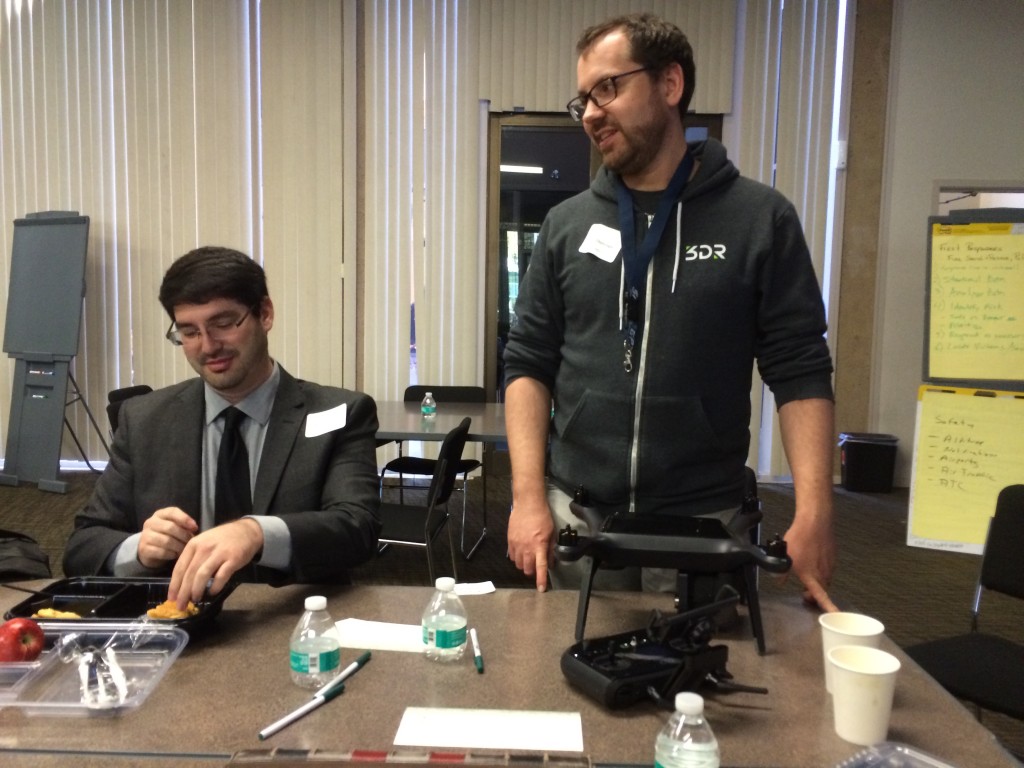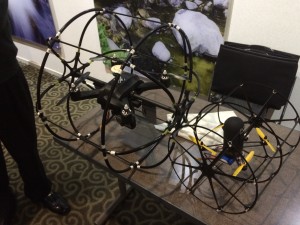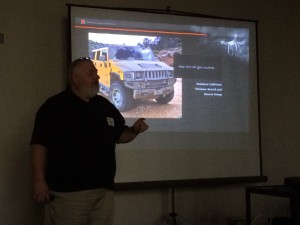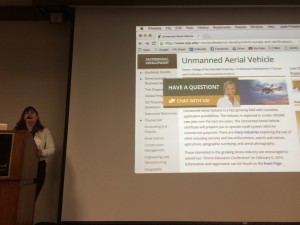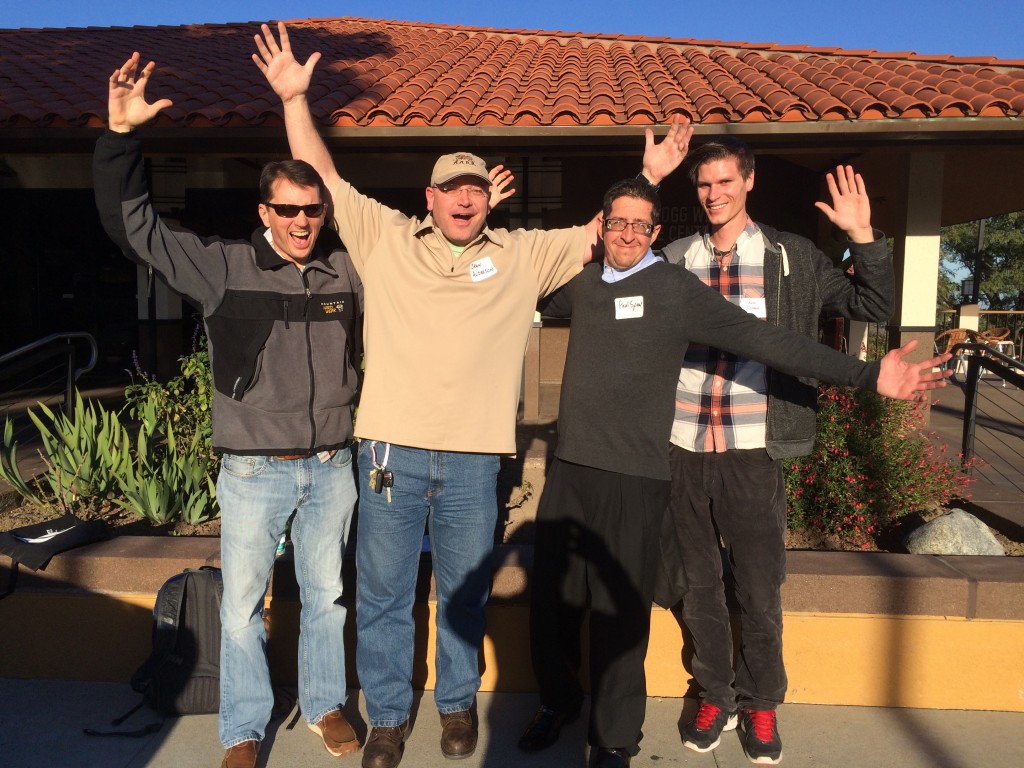Camarillo, Calif., Feb. 4, 2016 — A whale surging up from the ocean and splashing back into the waves is one of the ocean’s most magnificent sights, but scientists have never understood exactly why whales put on this spectacular show, called “breaching.”
After five years of study, CSU Channel Islands (CI) Biology lecturer Rachel Cartwright, Ph.D., has an answer as to why whales breach – specifically, young whales. Her findings were published at the end of January in the Public Library of Science, an open-access, peer-reviewed online journal at http://www.plosone.org.
Scientists had long theorized that whales breached as a form of play or socialization, but Cartwright’s research conducted with Biology lecturer Cori Newton, Ph.D., six CI undergraduate researchers, a nd five supporting organizations, shows that breaching actually strengthens a young whale’s diving capacity.
nd five supporting organizations, shows that breaching actually strengthens a young whale’s diving capacity.
“Our research clearly demonstrates that extreme exercise, such as breaching, has an important role in the development of the ability to breath-hold for young baleen whales, allowing them to make longer dives,” Cartwright said.
“Baleen” whales describe the approximately 14 species of whale whose mouths are equipped with plates of baleen, a substance similar to keratin. The plates allow them to strain plankton. The humpback and gray whales common in the Santa Barbara Channel are examples of baleen whales.
Cartwright and her team of researchers studied muscle tissue from whales that had died after being stranded. The researchers determined that the exertion required to leap out of the ocean increases the level of myoglobin levels in young whales. Like hemoglobin in humans, myoglobin carries oxygen in the muscles of whales.
Cartwright said breaching is a very specific activity that resembles a somersault starting underwater and rising out of the waves until the whale turns and lands on its back. “Exercise releases calcium in the muscle cells and that calcium is a trigger to this molecular pathway,” she said. When older whales breach, it may be more social in nature, she said.
Undergraduate researchers like Biology major/Chemistry minor Lila Hernandez, 22, were thrilled to be involved in a groundbreaking research project, a privilege often enjoyed just by graduate students.
Hernandez said undergraduate opportunities like this one are part of what drew her to enroll at CI. “Because it’s a smaller school, it gives students the opportunity to actually interact with the professor rather than sit in a class of 500 and just interact with the teacher’s assistant,” she said.
The role Hernandez and the other undergraduate researchers played was to analyze muscle tissue samples in the lab. She hopes to get involved with a career in wildlife management after she graduates in May.
Adding new perspective to the research was an Unmanned Aerial Vehicle or UAV, which the team got permission to operate off the coast of Maui this year.
CI Business lecturer Alan Jaeger and his brother Ryan Jaeger operated the UAVs. Both teach classes in UAV operation through the Ventura County Office of Education.
“The UAV we used was specifically designed to be waterproof so we can operate it safely in the water,” Alan Jaeger said. “Once we locate where the young whale is, we work with Dr. Cartwright and her team to hover the UAV at a safe and specific altitude so we can get the best imagery for aerial measurements.”
Alan Jaeger said he looks forward to further developing this novel use of the UAV technology with help from the students.
Cartwright says she plans to use the aerial photos to assess the body condition and growth rates of humpback whale calves as she continues her research.





 by
by 












